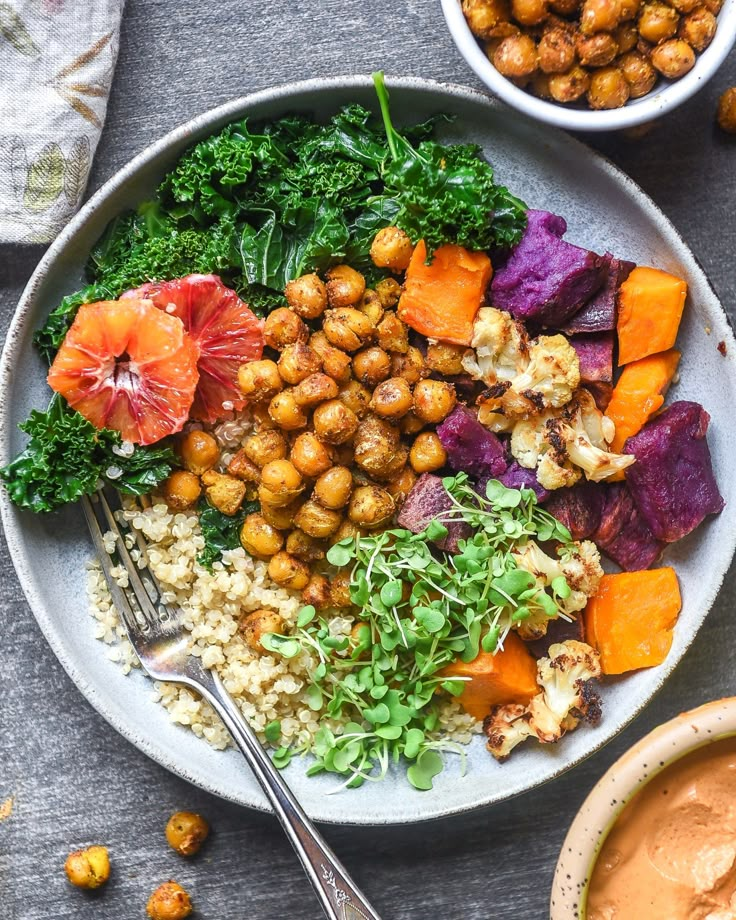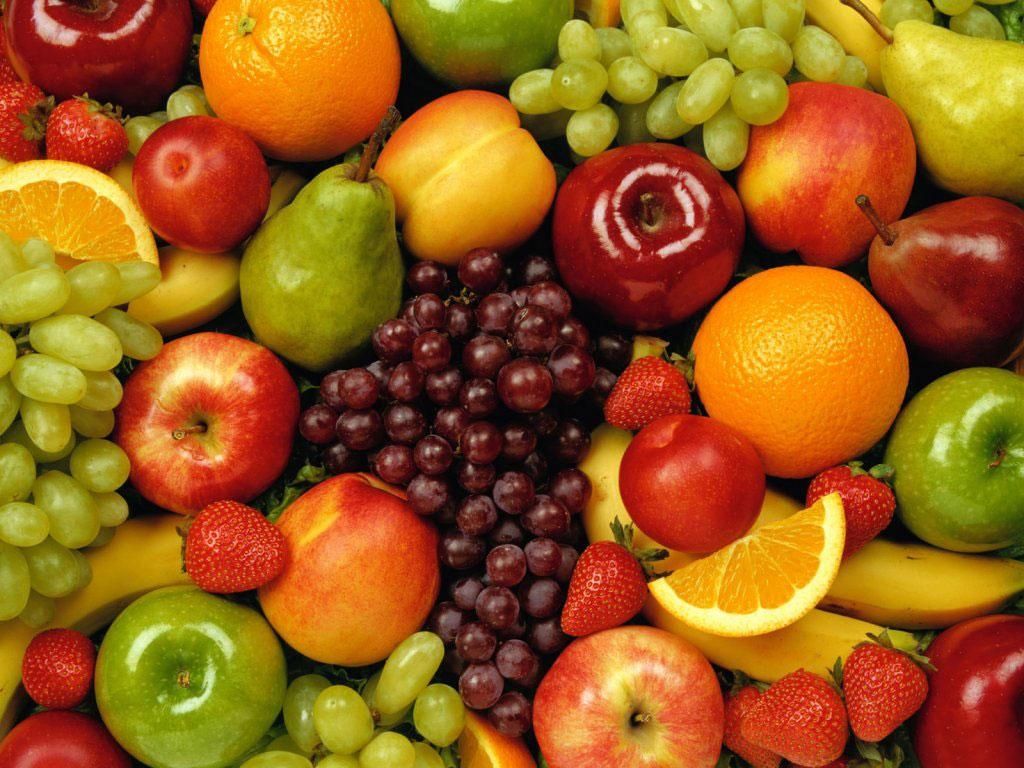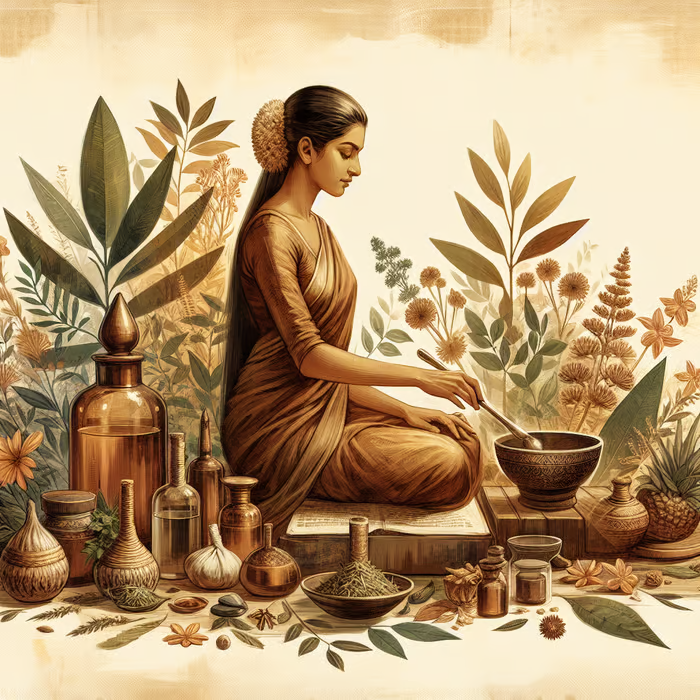YOGIC DIET
Nutrition concepts from yogic and Ayurvedic philosophy
"You are what you eat."

In ancient times, food was considered medicine. The principles of healthy eating were known to everyone and the properties contained in each herb or food were used to purify, correct imbalances and heal.
There is a tendency to re-understand these principles. The expression “you are what you eat” is increasingly accepted, however, according to Ayurveda, the more correct expression would be “you are what you digest”, do you know why?
Ayurveda is the science of life that recognizes that health begins in the digestive system, as the digestive system is responsible for transforming food into nutrients and eliminating toxins from the body. This concept is linked to Agni, the “digestive fire”, which regulates the digestion, absorption and assimilation of food. When Agni is strong, the body is able to extract the necessary nutrients and eliminate waste efficiently. When it is weak or unbalanced, it can generate Ama, an accumulation of toxins that is the root cause of many diseases. This is the result of a state of balance between the body, mind and consciousness, as well as a state of internal balance between the Vata, Pitta and Kapha Tridoshas, which, according to Ayurvedic science, are three factors or forces whose balance is crucial for health. Ayurveda recognizes that food is a medicine and uses this principle as one of several ways of restoring health.
The 3 types of food
Solar foods: These are foods that grow directly under sunlight, absorbing its energy and vibrating at a higher frequency. They tend to be lighter foods and rich in prana (vital energy), promoting mental clarity and expanding consciousness. Examples:
Fruits such as mangoes, bananas, apples, grapes, strawberries, coconuts and lemons, as well as leafy greens such as spinach, kale and lettuce.
Soil foods: These are foods that grow in direct contact with the surface of the earth and are nourished by the soil, moisture and indirect light. They are balanced in energy and provide vitality without weighing you down. Examples: pumpkin, zucchini, cucumber, melon and legumes such as beans and lentils.
Earth foods: These are foods that grow below ground, absorbing nutrients directly from the earth. They have a dense, stabilizing energy and are ideal for strengthening the body and providing grounding. Examples: carrots, sweet potatoes, beets, yams, radishes and cassava.


Os 3 Gunas
The gunas are 3 qualities or forces that are present in all matter. They describe the different manifestations of cosmic energy and how it expresses itself in mind and matter. According to Ayurveda, the Yoga theory of gunas can be applied to the foods we eat.
Sattvic: quality of purity, balance, harmony, peace, ethereal quality. Ex: fruits and vegetables, milk, whole grains, legumes, especially foods from the sun and soil.
Rajasic: energy to act, complete or create. Exciting and changeable, passion, greed, restlessness. Ex: herbs and condiments, caffeine, sweets, spicy foods, especially local foods.
Tamasic: regressive property of inertia and decline: ignorance, impurity, indulgence and slowness. Ex: meat, fish, poultry, eggs, alcohol, onions, garlic, mushrooms, intoxicating drugs.
A sattvic diet is perfect for those who are free to live a contemplative, meditative and peaceful life. For those who want to maintain a meditative mind, but also need to live and work in the world, a diet containing sattvic and a little rajasic foods is ideal. Those who practice heavy disciplines that transmute sexual energy into spiritual energy, such as Kundalini Yoga or martial arts, need a certain amount of rajasic foods in their diet. And tamasic foods should be avoided.

Foods for healing and health
The trinity of roots: onion, garlic and ginger
Garlic: It has long been known that garlic is a sacred and powerful condiment. The Egyptians used it to swear oaths when they made solemn vows. Roman doctors claimed that garlic cured 61 illnesses. Modern science is revealing its wonderful healing properties. Since the turn of the century, garlic and its extracts have been used to combat gastrointestinal disorders, poisoning, typhus, cholera, bacterial infections and even cancer. Research by Russian scientists has made garlic oil so popular in their country that it is called “Russian penicillin”. Garlic increases and stimulates semen production, essential for sexual potency and nerve health.
Onion: The onion was considered by the Egyptians as the symbol of the universe. The word onion (onion in English) comes from the Latin unus – unique. Through the centuries, onion and its juice have been recommended to cure earache, colds, fever, laryngitis, warts and cancer. Onions are said to stimulate blood production and purification and help keep sugar levels balanced.
Ginger: Ginger has been used since before the Roman Empire. It was said to cure love problems and prolong life. King Henry VIII recommended ginger to prevent the plague. Used both as a medicine and a spice, it is now widely used as a digestion stimulant. Very useful especially for women, giving energy and relieving tension associated with menstrual cramps. Ginger root nourishes the body's nerves and allows them to carry more energy. Keeps the spine and cerebrospinal fluid healthy.

In the science of Ayurveda, onion and garlic are used as remedies for various health problems such as flu, colds, infections, etc. Although these ingredients are healthy, using too much is not recommended, as they are tamasic foods and destabilize the human mind and consciousness.

In short, the Yogic Diet is a path to balance the body, mind and spirit, nourishing not only the material but also the vital energy. With the principles of Ayurveda and approaches to healthy nutrition, the foods chosen should harmonize the energies according to individual needs, strengthening the immune system, stimulating digestion, helping to eliminate toxins and maintain Agni at its maximum potential. Through this conscious eating, we create a light body, a clear mind and a deeper connection with the subtle energy of yoga.

 Chinese (Traditional)
Chinese (Traditional) English
English French
French Hindi
Hindi Portuguese
Portuguese Russian
Russian Spanish
Spanish